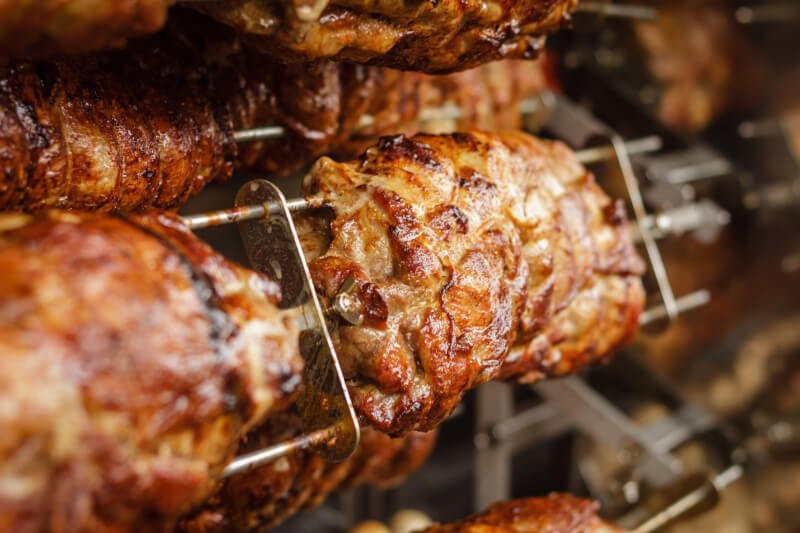Do you love grilling but struggle to achieve perfectly cooked meat every time? Well, fret no more! In this article, we will unlock the secrets to cooking meat evenly on the grill. Whether you’re a seasoned griller or just starting out, these practical tips and techniques will ensure that your meats are tender, juicy, and cooked to perfection. So, get ready to impress your family and friends with your newfound grilling expertise! Cooking meat evenly on the grill can be a challenge, but with the right techniques and methods, you can achieve delicious and evenly cooked meat every time. In this comprehensive guide, we will walk you through the steps of choosing the right meat cuts, marinating properly, preheating and cleaning the grill, using direct and indirect heat, arranging the meat on the grill, flipping and rotating, using meat thermometers, resting and slicing, troubleshooting uneven cooking, and finally, some useful grilling tips and techniques.
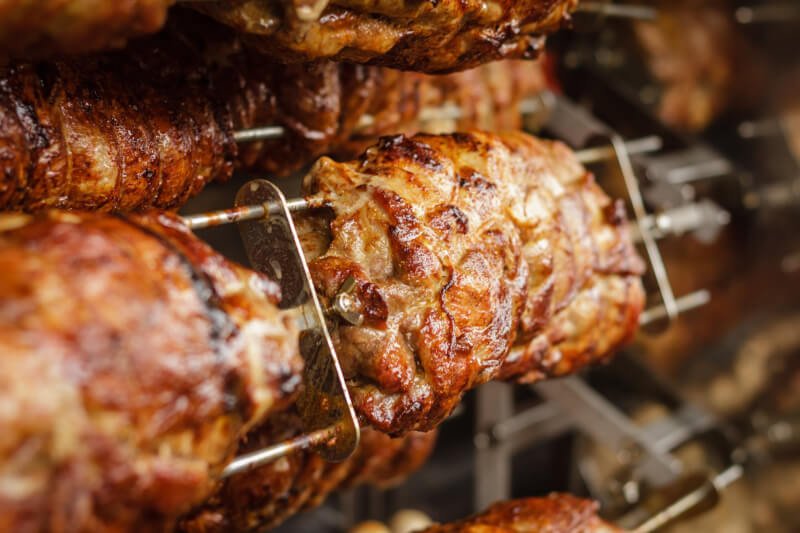
Choosing the Right Meat Cuts for Even Cooking
Selecting cuts with even thickness
One of the keys to ensuring even cooking on the grill is to choose cuts of meat that have an even thickness throughout. This will prevent parts of the meat from overcooking while other parts remain undercooked. Look for cuts that are uniform in thickness, such as steaks or chicken breasts that have been butterflied to an even thickness.
Trimming excess fat
Excess fat on meat can lead to uneven cooking and flare-ups on the grill. Trim any excess fat from the meat before grilling to prevent these issues. Keep a thin layer of fat for flavor, but remove any thick sections or areas where the fat may cause issues during cooking.
Pounding the meat to even thickness
If you have a cut of meat that is uneven in thickness, such as a chicken breast or a pork chop, you can use a meat mallet or a rolling pin to pound it to an even thickness. This will not only ensure more even cooking but also tenderize the meat, making it easier to grill.
Marinating the Meat
Using a marinade with tenderizing ingredients
Marinating meat before grilling not only infuses it with flavor but also helps to tenderize the meat. Choose a marinade that contains tenderizing ingredients such as citrus juices, vinegar, yogurt, or pineapple juice. These ingredients work to break down the proteins in the meat, resulting in a more tender and evenly cooked final product.
Allowing enough time for marination
For the best results, give your meat enough time to marinate. Typically, this can range from 30 minutes to overnight, depending on the type of meat and the thickness. Thicker cuts or tougher meats like beef brisket may benefit from longer marination periods, while delicate fish or shrimp may only need a short 30-minute soak.
Piercing the meat to enhance flavor absorption
To allow the marinade to penetrate the meat more effectively, consider piercing the meat with a fork or scoring it lightly with a knife before marinating. This will create small channels for the marinade to seep into the meat, resulting in deeper flavor infusion and more even cooking.
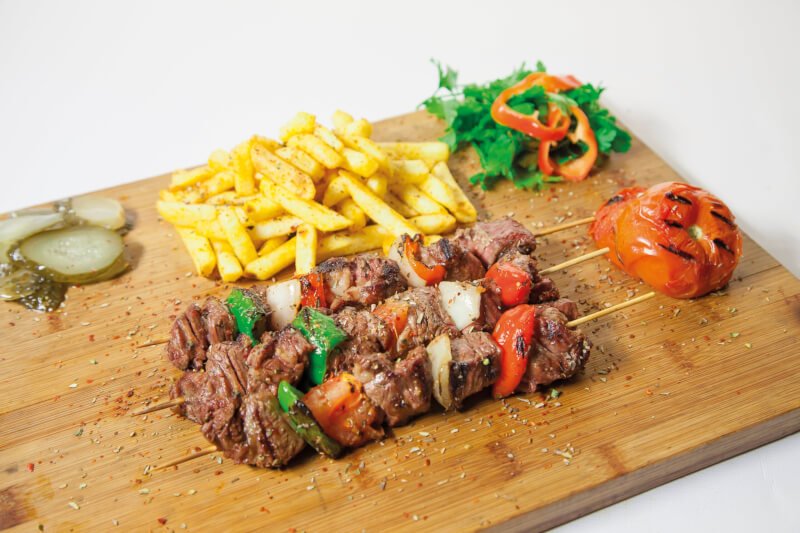
Preheating and Cleaning the Grill
Preheating the grill to the right temperature
Before placing your meat on the grill, it is crucial to preheat it to the appropriate temperature. This ensures that the meat cooks evenly and reduces the risk of sticking. For most meats, preheating the grill to medium-high heat (around 375-450°F) is a good starting point. However, thicker cuts may require lower heat to prevent charring on the outside while the inside remains undercooked.
Cleaning and oiling the grill grates
Clean grill grates are essential for even cooking as they prevent food from sticking and ensure proper heat distribution. Before preheating the grill, thoroughly clean the grates with a brush to remove any residual food or debris. Once clean, lightly oil the grates to create a non-stick surface for the meat.
Using Direct and Indirect Heat
Understanding direct heat
Direct heat refers to grilling directly over the heat source, such as placing the meat directly above the flame or heat element. This cooking method is ideal for smaller, thinner cuts of meat that cook quickly, such as burgers, hot dogs, or thin steaks. The direct heat quickly sears the meat and locks in the juices, resulting in a flavorful and evenly cooked piece of meat.
Understanding indirect heat
Indirect heat refers to grilling away from the heat source, where the heat is not directly underneath the meat. This method is suitable for larger cuts of meat or dishes that require more gentle cooking, such as whole chickens, roasts, or ribs. Indirect heat allows for slower cooking, ensuring the meat cooks evenly without burning.
Using a combination of direct and indirect heat
For certain cuts of meat, a combination of direct and indirect heat can be used to achieve the best results. This method is known as the two-zone fire setup. By creating an area of direct heat and an area of indirect heat on the grill, you can sear the meat over the direct heat for a short period and then move it to the indirect heat to finish cooking to perfection.
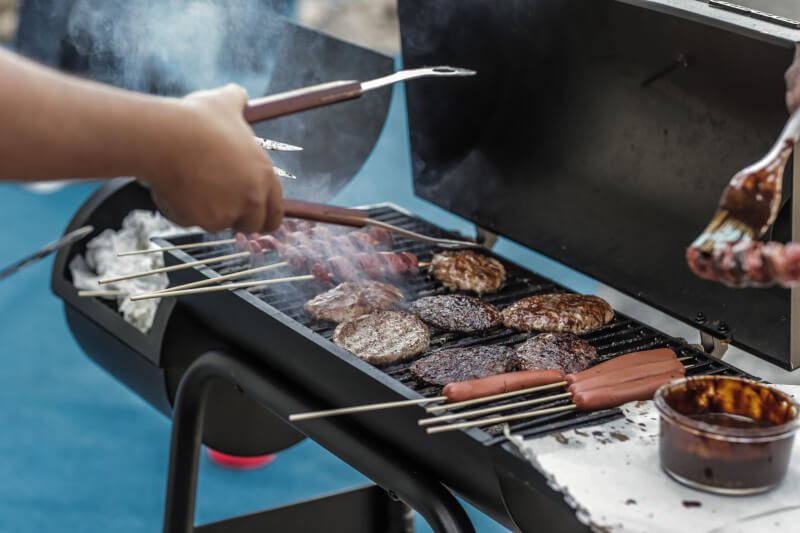
Arranging the Meat on the Grill
Placing thicker cuts closer to indirect heat
When grilling cuts of meat that vary in thickness, it is essential to arrange them properly on the grill. Thicker cuts should be placed closer to the indirect heat, as they require longer cooking times at lower temperatures to ensure even doneness. Thinner cuts can be placed over the direct heat for quicker cooking.
Using a two-zone fire setup
As mentioned earlier, a two-zone fire setup is a great technique for arranging the meat on the grill. By dividing the grill into two separate areas of direct and indirect heat, you can have more control over the cooking process and ensure that each piece of meat cooks evenly.
Avoiding overcrowding the grill
One common mistake when grilling is overcrowding the grill with too much meat at once. This can lead to uneven cooking, as the heat cannot circulate properly. Make sure to leave enough space between each piece of meat to allow for proper airflow and even heat distribution.
Flipping and Rotating the Meat
Flipping the meat at the right time
Knowing when to flip your meat is crucial for even cooking. As a general rule, only flip the meat once during the cooking process, unless a recipe suggests otherwise. Avoid flipping too early, as the meat may stick to the grill grates. Instead, wait until the meat easily releases from the grill before flipping to ensure a beautifully seared exterior.
Rotating the meat for even cooking
In addition to flipping, rotating the meat on the grill can help promote even cooking. This can be done by rotating the meat 90 degrees halfway through the cooking time. By rotating, you ensure that each side of the meat receives equal exposure to the heat, resulting in a more evenly cooked piece of meat.
Avoiding excessive flipping or poking
While it may be tempting to constantly flip or poke the meat to check for doneness, this can actually hinder the even cooking process. Excessive flipping can cause the meat to lose juices and result in a drier final product. Similarly, poking the meat with a fork or knife can release precious juices, leading to uneven cooking and a less flavorful outcome. Minimize flipping and poking to ensure the best results.
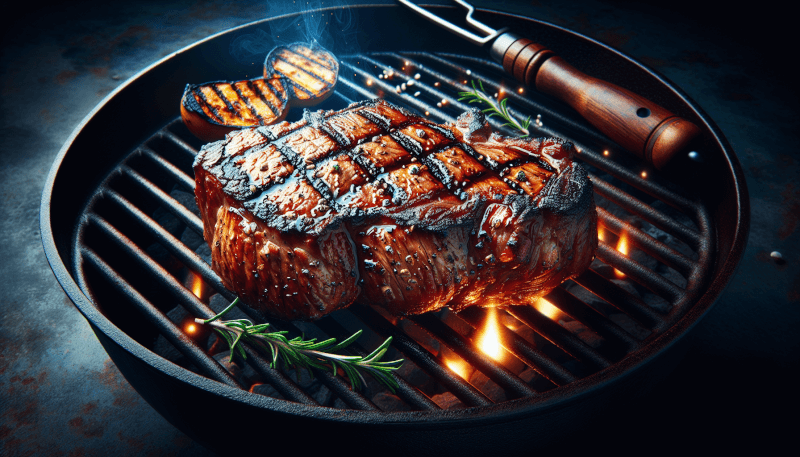
Using Meat Thermometers
Selecting a reliable meat thermometer
To achieve perfect doneness and ensure food safety, using a meat thermometer is highly recommended. Choose a reliable instant-read thermometer that provides accurate readings. There are various types available, including digital and analog thermometers, and some even have wireless capabilities for added convenience.
Properly inserting the thermometer
When using a meat thermometer, it is essential to properly insert it into the thickest part of the meat without touching any bones or the grill grates. This helps ensure an accurate reading of the internal temperature, giving you confidence in the doneness of your meat.
Checking for target cooking temperatures
Different meats have different target cooking temperatures, which should be checked using a meat thermometer. Chicken should reach an internal temperature of 165°F, while beef steaks and roasts can be cooked to various temperatures depending on the desired level of doneness. Use a temperature guide to determine the appropriate target temperature for the meat you are grilling.
Resting and Slicing the Meat
Letting the meat rest before slicing
After the meat is cooked to perfection, it is crucial to let it rest before slicing. Resting allows the juices to redistribute throughout the meat, resulting in a more succulent and evenly flavored final product. For most cuts of meat, a resting time of 5-10 minutes is usually sufficient.
Slicing against the grain
When it comes to slicing your grilled meat, it is essential to slice against the grain. This means cutting perpendicular to the muscle fibers, which helps to shorten them, resulting in a more tender texture. Identify the direction of the grain and slice accordingly for the best results.
Using a sharp, thin-bladed knife
To achieve clean and precise slices, it is crucial to use a sharp, thin-bladed knife. A sharp knife ensures that you cut through the meat smoothly without tearing or shredding it. Choose a knife that feels comfortable in your hand and maintain its sharpness for optimal slicing.
Troubleshooting Uneven Cooking
Adjusting cooking times and temperatures
If you find that your meat is consistently cooking unevenly on the grill, consider adjusting your cooking times and temperatures. Experiment with reducing or increasing the cooking time or adjusting the heat levels on your grill to find the perfect balance for even cooking.
Using meat tenderizers
Sometimes, tougher cuts of meat can result in uneven cooking due to variations in tenderness. Consider using meat tenderizers, such as marinades with tenderizing ingredients or meat mallets to help break down the proteins and ensure more even cooking. Tenderizing can also help to make the meat more flavorful and tender.
Consider using foil packets for delicate cuts
For delicate cuts of meat or smaller items like vegetables, consider using foil packets on the grill. Foil packets create a more controlled cooking environment, allowing for even cooking and preventing potential overcooking or charring.
Grilling Tips and Techniques
Getting to know your grill
Every grill is different, so take the time to get to know your specific grill. Familiarize yourself with the various heat zones, understand how the vents and controls work, and learn how your grill responds to different foods and cooking techniques. This knowledge will help you become a more confident and skilled griller.
Experimenting with different cooking methods
Don’t be afraid to experiment with different cooking methods on the grill. Try using direct heat for quicker searing, indirect heat for slow cooking, or a combination of both for specific cuts of meat. Additionally, consider exploring different flavor profiles by using various seasoning blends, marinades, or even trying out wood chips for added smoke flavor.
Adding smoke flavor with wood chips
If you want to enhance the flavor of your grilled meat, consider adding wood chips to your grill. Soaking the wood chips in water for about 30 minutes before grilling will create smoke when they come into contact with the heat, infusing your meat with a delicious smoky flavor. Experiment with different wood varieties like hickory, mesquite, or applewood to find your favorite flavor combination.
By following these tips and techniques, you can ensure that your meat cooks evenly on the grill, resulting in delicious, tender, and perfectly cooked meals every time. So, fire up that grill, choose the right meat cuts, marinate with care, preheat and clean the grill properly, use direct and indirect heat correctly, arrange the meat thoughtfully, flip and rotate at the right time, use a meat thermometer, rest and slice with precision, troubleshoot uneven cooking, and have fun exploring new grilling methods and flavors. Happy grilling!

